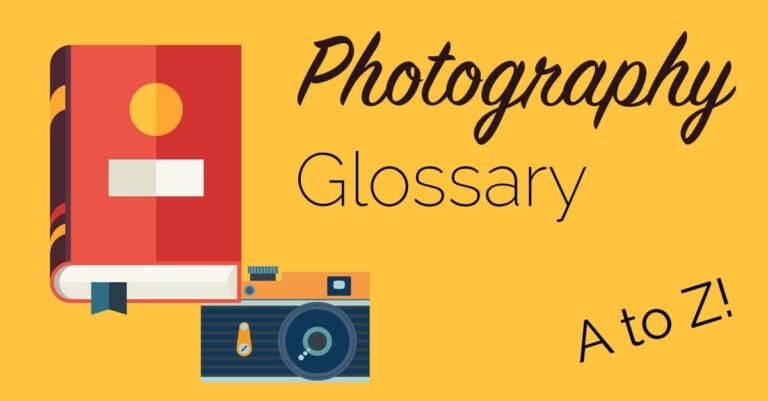Sensitivity
What Does Sensitivity Mean When Talking About Cameras and Photography In photography sensitivity refers to a film or digital camera sensor’s sensitivity to light. In photography sensitivity is often referred to as ISO, or ‘International Standards Organization’ an organization who ensure that manufacturers adhere to global standards. In this case all camera and film manufacturers use the same standard to describe the light sensitivity of their products. a Low ISO denotes low sensitivity, for example ISO 100, whereas a high ISO denotes a high sensitivity, for example ISO 6400. Like shutter speed and exposure time, ISO is measured in ‘Stops’, …

